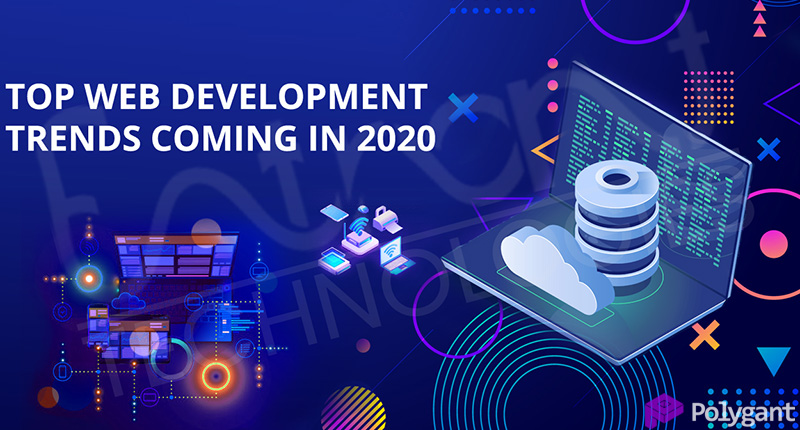The breakneck speed of web technologies development keeps us on our toes. There is no time to waste, because the tools that delighted us in 2023 are already taken for granted in 2024. So we clear last year’s backlogs and urgently tackle must-haves.
Table of Contents
What web developers discussed in 2023

We recalled our own experience, studied the reports by Hacker News, TIOBE, NPM Trends, and Stack Overflow, and found out what excited the web dev community.
Frameworks
Angular released version 8, and Node.js released version 12. Vue.js intrigued by the upcoming release of version 3.0, which caused heated discussion. Programmers threaten to switch to Svelte, calling it a simpler and more powerful tool. React pleased us by releasing hooks and fibers.
Languages
Good old C came in handy in IoT, where performance is critical. Python remains the most popular machine learning language. TypeScript was updated to version 3.7 and became the standard for typing JS code. JavaScript still leads the rating.
Concepts
Static web pages, single-page applications (SPA), and progressive web applications (PWA) are on everyone’s lips. The following automation tools made life easier: Gatsby for generating static web pages, Expo for mobile development, Hasura for creating GraphQL servers, and Nuxt.js for server rendering.
Clouds
Entrepreneurs do not want to overpay for resources, and programmers do not want to bother with setting up the environment. Both were happy with cloud platforms, especially Amazon AWS Lambda. 20% of all development posts covered AWS, and only 2% covered Google Cloud Platform and Microsoft Azure Functions.
2024 web development trends
The main thing you need to understand is that the way people perceive the digital world is changing. Studying new frameworks is not enough: the widespread adoption of breakthrough technologies is in focus.
Help desk revolution
Companies are heading towards automated but natural communication with the client: fewer predefined algorithms, more artificial intelligence. Bots and voice search no longer respond out of place: neural networks recognize not only a user request but also user emotions.
Virtual reality is not a toy
Fintech companies drew their attention to VR/AR. The global goal is virtual offices that customers can visit without leaving home: just put on VR glasses to see a bank representative. It’s time for developers to get to know A-Frame, React VR, Amazon Sumerian, Google VR, Google Daydream. And managers must decide what services should be transferred to virtual reality.
Web of Things is in focus
Get ready for a new round of WoT — creating applications for the ‘Internet of Things.’ They existed before but in the form of fixed algorithms. Now we are talking about the introduction of artificial intelligence. There was no need to invent new standards as the existing ones would fit: HTTP, REST, and JSON-RPC are suitable for services, WebSocket ensures for two-way interaction in real-time, and OAuth can be used for authorisation.
Invest in training, create experimental internal projects for testing the waters, and catch up with nimble competitors. The revolution is already complete, and ignoring fashionable technology will no longer work.
